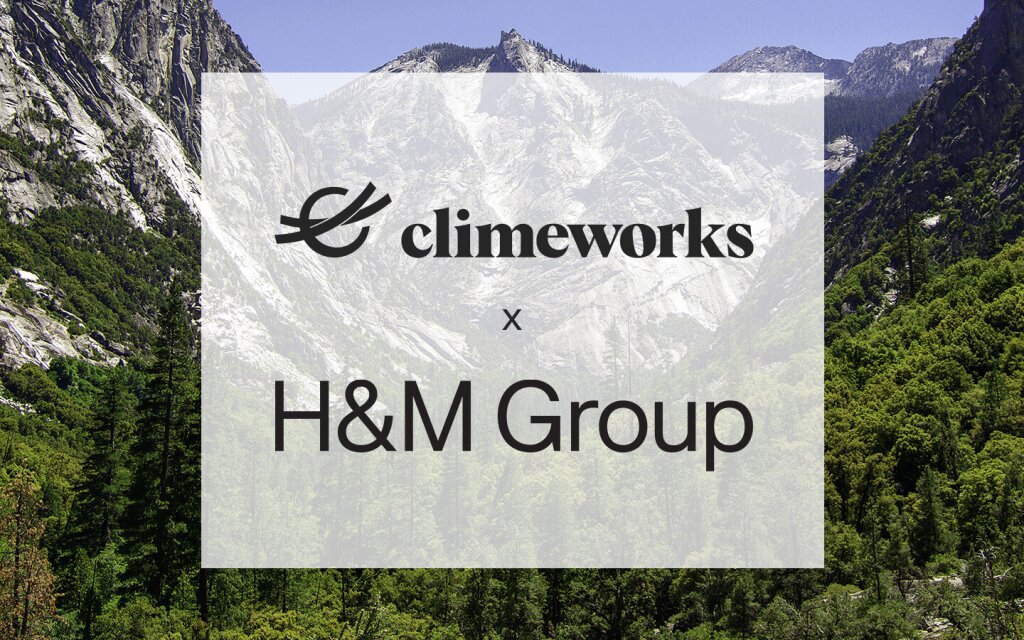
Key takeaways:
H&M Group shared an update on its decarbonization strategy, announcing several initiatives the company undertakes to achieve its SBTi-verified targets.
While these initiatives rightly and importantly focus on emissions reductions, H&M Group took a first step as part of a long-term commitment to high-quality carbon removals, signing a multi-year agreement with Climeworks, which covers the removal of 10,000 tons of CO₂.
Multi-year agreements like this one are crucial in two ways: first, they support the scale-up of CDR technologies like DAC+S as the guaranteed demand helps project developers like Climeworks to accelerate growth planning, and second, they allow companies to build long-term relations in this sector today to be well-positioned to secure CDR at more affordable prices at scale.
In order to keep the 1.5°C goal of the Paris Agreement within reach and avoid the most drastic effects of climate change, the world needs to get to net-zero emissions by mid-century. To achieve this, global emissions need to be reduced by 50% by 2030 and at least 90% by 2050, while the remaining 10% of unavoidable emissions must be removed by CDR solutions such as DAC+S, as suggested by the Science-Based Targets initiative (SBTi). In its latest report, the IPCC estimates that DAC+S alone will need to remove up to 310 billion tons of CO₂ by 2100.
A fundamental transition of the global economy across all sectors is required to achieve such goals, and the private sector is and will continue to be a key driver of the CDR industry’s growth.
The multi-year CDR agreement with Climeworks is H&M Group’s first step in its long-term commitment to building a portfolio of high-quality, durable CDR solutions. For Climeworks, the guaranteed demand resulting from the growing number of multi-year agreements allows accelerated growth planning, contributing to the company’s journey to gigaton scale by 2050.



